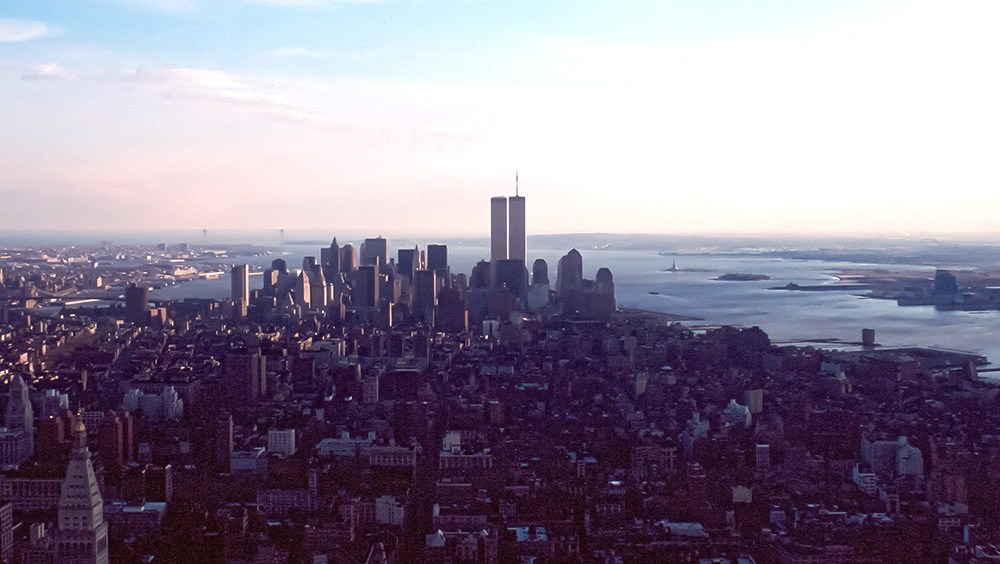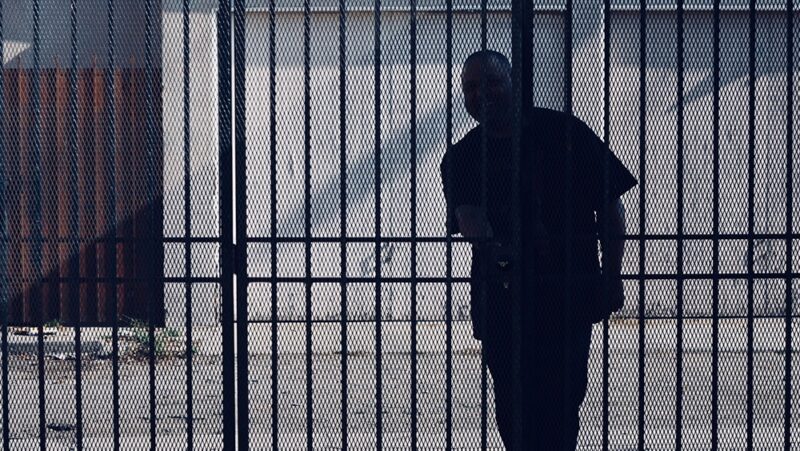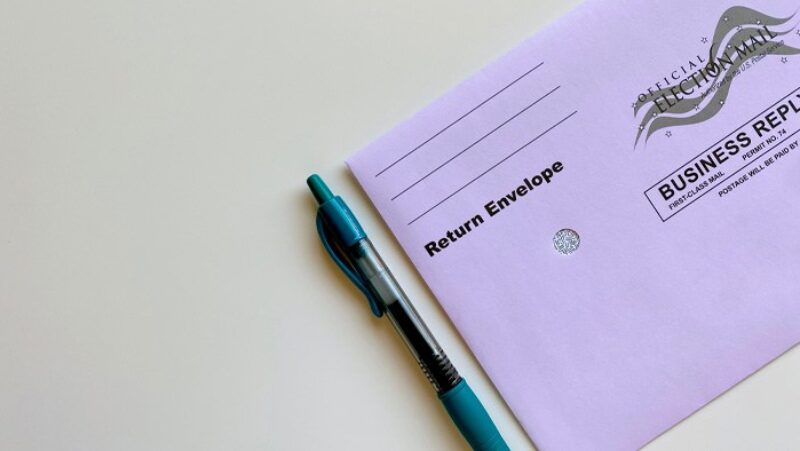Perspective: On 9/11, Journalists Ran Toward Danger

Legendary NBC anchor Tom Brokaw had just returned to work on Sept. 11, 2001, after taking the summer off. A friend asked how it was to be back in the saddle.
“I’m doing fine but there’s no news,” Brokaw, now 81, complained. “It’s hard to get cranked back up.”
Little did anyone know everyone’s world was about to be changed forever.
At 8:46 a.m. on that splendid, crisp September morning, a plane hijacked by terrorists sliced into the World Trade Center’s North Tower. Seventeen minutes later, another hijacked plane smashed into the South Tower. By 10:28 a.m., both towers had collapsed, killing nearly 3,000 people in the space of 102 minutes.
By noon, a third hijacked plane plowed into the Pentagon (reported by AP at 9:43 a.m.) and a fourth, on which passengers tried to stop the hijackers, crashed into a field in Shanksville, Pa. (11:19 a.m.). No one on the four hijacked planes survived.
If ever there was a day where journalists proved the incalculable benefits of the First Amendment, and why they are so desperately needed to inform and educate the public, Sept. 11 was that day.
While many fled lower Manhattan and the Pentagon for their lives, every sort of journalist did what they have always done best: They ran toward danger. They kept their cameras trained on the horror. They commandeered taxis, borrowed bikes and jumped into strangers’ cars, ordering them to drive toward the scene. Their reports helped provide a sense of what was happening even when no one knew exactly what was happening.
More than 1,800 fashion writers from around the world in New York for the spring 2002 collection were pressed into service. Associated Press (AP) photographer Richard Drew left the show and headed to the scene, shooting some of the most arresting photos of that day. Many photographers like Drew were still using rolls of film.
“We were watching a guy clinging to the side of the building on the North Tower while people were falling from the building,” Drew told the Newseum in 2002. “You know what you have to do. You make pictures. There’s one image I shot of a man falling head first from the building. I felt like the photo captured part of his life.”
Twenty years ago, Drew and hundreds of other journalists didn’t have the technology they have today. If reporters had cell phones then, they were primitive — and didn’t work anyway with cell towers down. The planes destroyed cell towers atop the Twin Towers, knocking many TV stations temporarily off the air until they hooked up to backup satellite and cable lines. Phone lines jammed. You needed rolls of quarters for a pay phone, if you could find one. Each was 10 to 12 deep in people waiting to make calls.
It’s a different world today.
Then, there was no social media to muddy up the then much-needed information expressway. Today, everyone’s a publisher. Everyone is hyperconnected for nearly every aspect of their lives. Nearly 80 percent of U.S. adults have broadband at home. In March 2001, according to the Pew Research Center, just 6 percent did.
On Sept. 11, AP writer Sara Kugler finally found a pay phone at 9:39 a.m. “Mostly I gave color,” she said. “As I got closer to Vesey Street, I saw men’s shoes. Then I realized that people had been blown out of their shoes”
About the same time, in Arlington, Va., Reuters news assistant Molly Riley ran home from a doctor’s visit to get her bike, grabbed her Nikon digital Coolpix camera and pedaled to the Pentagon. She called the news desk to ask what was happening. Senior photographer Herman Beals replied: “Everything short of World War III.”
At 10:28 a.m., a stunned Aaron Brown, then CNN’s anchor, watched in horror — as did millions — as the second tower collapsed into a massive pile of dust, rubble, clothing and body parts. “Good Lord, there are no words.”
It was a day like no other. For that one day – only — the heads of CBS, ABC, CNN and NBC declared whatever footage one had, the others could use. No need for written agreements. The agreement ended the next day.
For journalists, it was personal too. It was happening to them. Some were physically injured, emotionally scared, traumatized. They did their jobs while worrying about their own families, their own safety, squashing their fears to heroically document a day anyone alive then has seared into their brains.
No other news event since has gripped the nation in real time like Sept. 11. TV stations stayed live all day, nearly 80 million people glued to cable or broadcast. Or they listened to the radio or tried, mostly unsuccessfully, to get information online. Newspapers put out extra editions.
Sure, now there’s live hurricane coverage, and millions tuned in to watch former President Trump’s impeachment hearings.
But not like on Sept. 11. At about 12:36 p.m. that day, CNN’s Brown said words he’d never imagined saying. “The United States of America is under attack … Those are really hard words to say.”
And yet, anchors around the world uttered those same words on Jan. 6, 2021, the day thousands stormed the U.S. Capitol when it was in session, breaking through police barriers, climbing through windows, pummeling the police — even trying to assault then-Vice President Mike Pence — in a futile effort to prevent certification of the 2020 presidential election.
This time, the attackers were Americans. But on that day too, the nation watched in horror. And on that day too, journalists ran toward danger.
Alicia Shepard was an independent journalist, Woodward and Bernstein biographer, former NPR ombudsman, journalism professor and co-author of “Running Toward Danger: Stories Behind the Breaking News of 9/11.”
Jailed Journalism: Getting the Inside Stories of the Justice System
You Have a Right to Speak, Assemble, Petition — So Now, Register to Vote
Related Content
The more you know, the freer you are.
Learn about the First Amendment.

